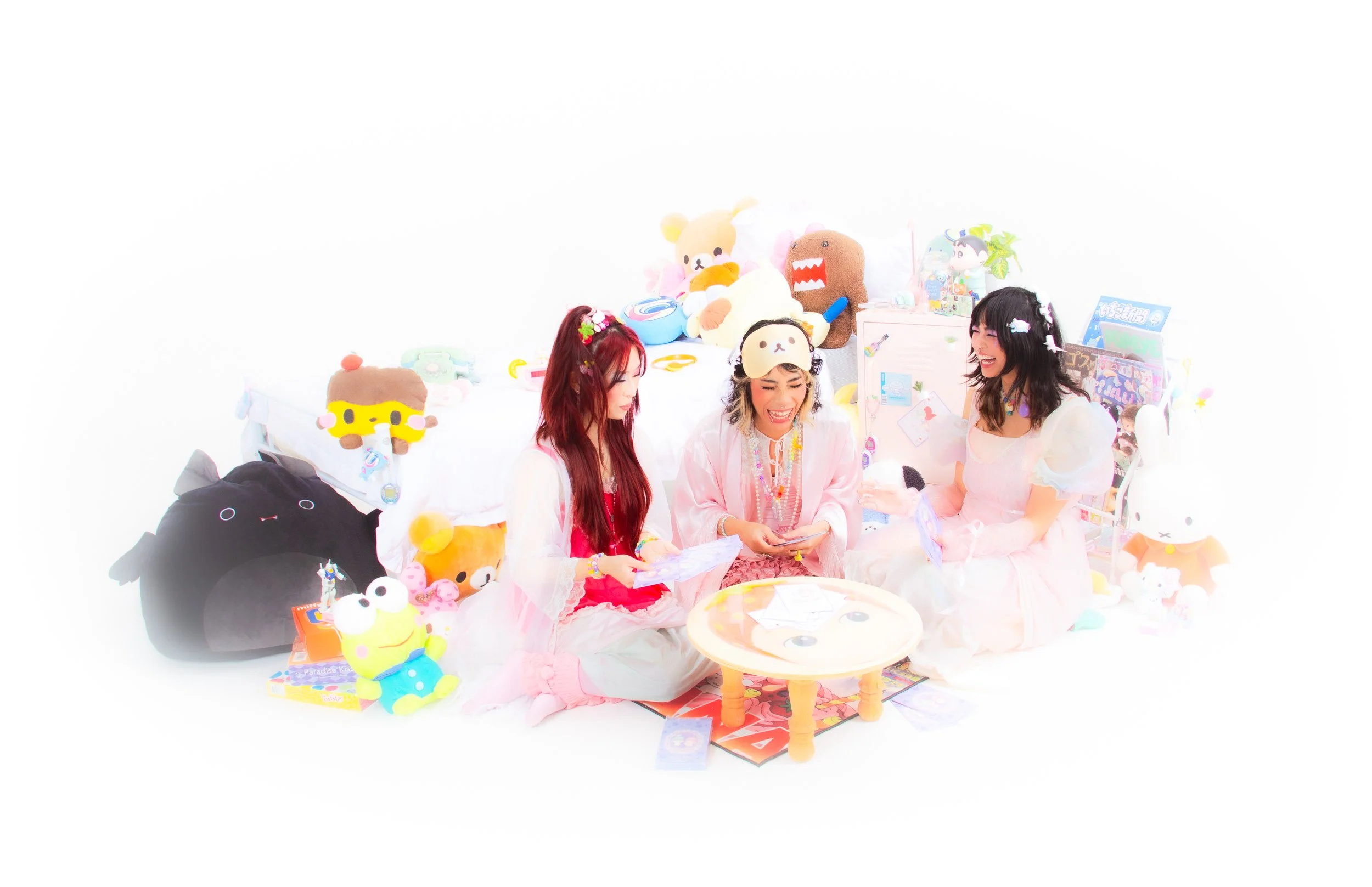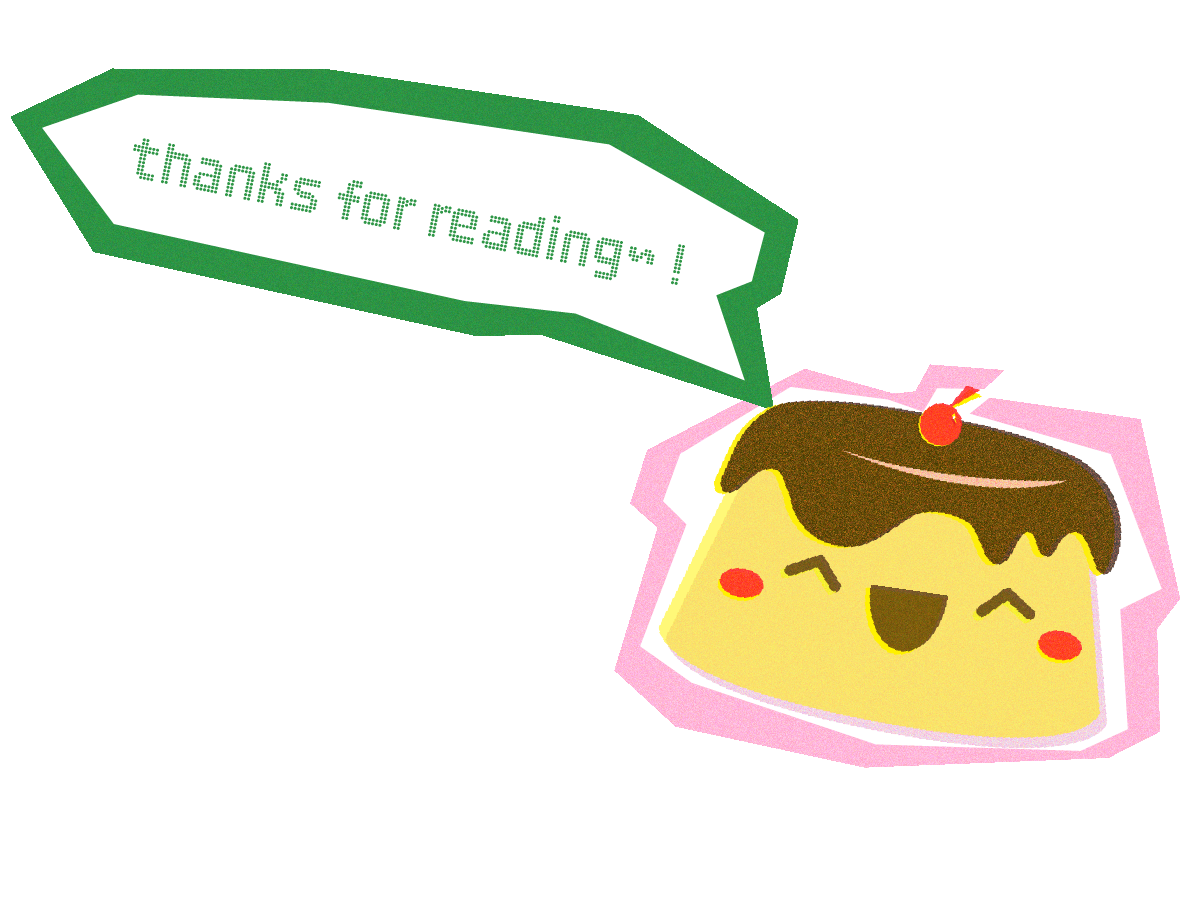Introduction to Girlhood Studies
Shot by Ashley Pineda for JELLi iSSUE 02, Sleepover Soulties
Written by Bella Pipke
So What Are Girlhood Studies?
From Barbie Dolls, bows, the color pink, and fangirl culture, tokens associated with girlhood are oftentimes ridiculed and looked down upon simply for the fact that they are stereotypically synonymous with, well— girls. We do not see this phenomenon with boys, no one is teased by their peers— or by grown adults, for liking toy cars, legos, or Nerf Guns.
In academia, girls are oftentimes overlooked as well. In her book, Youth Questions, written in 1978, Angela McRobbie along with Jenny Garber point out that girls are often omitted from subcultural ethnographic studies, pop history, and personal surveys and accounts recorded in the field. Girls have never been absent in the world, although some try to make them invisible.
Girls are taught to feel shame for their interests, passions, dreams, and emotions all while being told their experiences are frivolous and unimportant. Patriarchal society has never liked the idea of taking a girl seriously. That would mean respecting girls, and therefore women. Viewing the female gender as peers, however, is at odds with conservative, patriarchal values that are necessary to uphold the superiority of men.
Girlhood studies is an academic field that focuses on combating the negative and frilly viewpoint the world holds against girls. It aims to prove that the experiences of girls all over the world— no matter their identity, sexuality, culture, or background, have richness and depth to them, something we can learn from.
Understanding Girlhood Studies
If you’re like most people, there’s a good chance you’ve never heard of girlhood studies, and likely didn’t know that such an academic field existed. I didn’t know that girlhood studies existed until I began research for my thesis, Growing Pains: Navigating Eating Disorder Content in Digital Girlhood Spaces. Girlhood studies is a branch of critical gender studies that uses an epistemological approach to focus on experiences, representations, and social constructions of girlhood and young female identity. This academic discipline examines how factors such as race, class, gender, and sexuality influence the lives and perspectives of girls across cultures and historical periods.
While girlhood can include childhood in some definitions, some scholars operationalize girlhood to refer to teens, adolescents, and young adults in their early 20s. This way, girlhood becomes a thought-provoking area to study since it is a type of ephemeral, in-between state. You are no longer a child, but not yet a fully-fledged adult. You aren’t taken seriously because you know so little, yet you are experiencing so much for the first time, and it’s overwhelming. Many girls also start to develop critical questions about their identity and who they are at this age. You are dealing with the angst and awkwardness of adolescence and young adulthood, all while learning lessons that will begin to shape who you grow into as a young woman.
Girls as Political
Studying girlhood through an academic lens gives us insight into political climates, societal values, and how girls can subvert both of these. The rise in popularity of the “stay-at-home girlfriend” and “trad wife” aesthetic can reveal to us how conservative values are becoming more mainstream as they appear more desirable now in comparison to the 2010s “girl-boss” aesthetic. However, at the same time, girls ranging from kindergarten to college are outperforming their male peers, demonstrating that the desire to work hard to achieve goals/dreams has not been lost.
Historically, girls have always been a target of control. Girls are pure and chaste, they must be protected and hidden away. They should not have strong opinions. They should be primed to act like the “Angel in the House” in womanhood. Teaching girls to dream big and be independent is dangerous. It means the very foundation of American culture will begin to crumble. Without subservient girls, we won’t have subservient wives to make and care for children, and then what? Lately, it seems as if being a girl with dreams and drive is an act of protest against where this country’s administration wants to take the future of girls and women.
Girls are a target of political propaganda, ridicule from peers, and societal pressures from advertising, social media, and pop culture. Girls are actively being encouraged to take on the “simple life” of domestic labor rather than creating a substantial life, career, and future for themselves, ensuring that they can be financially independent if needed. Girls are facing an extreme cultural divide from their male peers, who are falling down the alt-right pipeline due to right-wing influencers and podcasters. Girls are subject to intense beauty standards, especially with the rise of ozempic and ed-fashion trends making a comeback.
A Reminder
As we all remember, there is nothing quite like being a teenage girl. It’s horrible and beautiful— the worst thing ever and the best thing ever, all at the same time. It was complex, magical, scary, and defining. Negating the importance of girlhood is more harmful now than ever. In a society that wants to take away power from girls and women, we must remember to uplift and guide the young girls around us. We must remember to speak of girls in a positive and powerful way. “I’m just a girl” should no longer be a phrase meant to explain why we can’t do something but rather why we can. We must protect girlhood, ensuring that it continues to be something sacred and safe, where anyone who identifies as a girl can express herself freely and wholeheartedly, all while daring to dream big.

